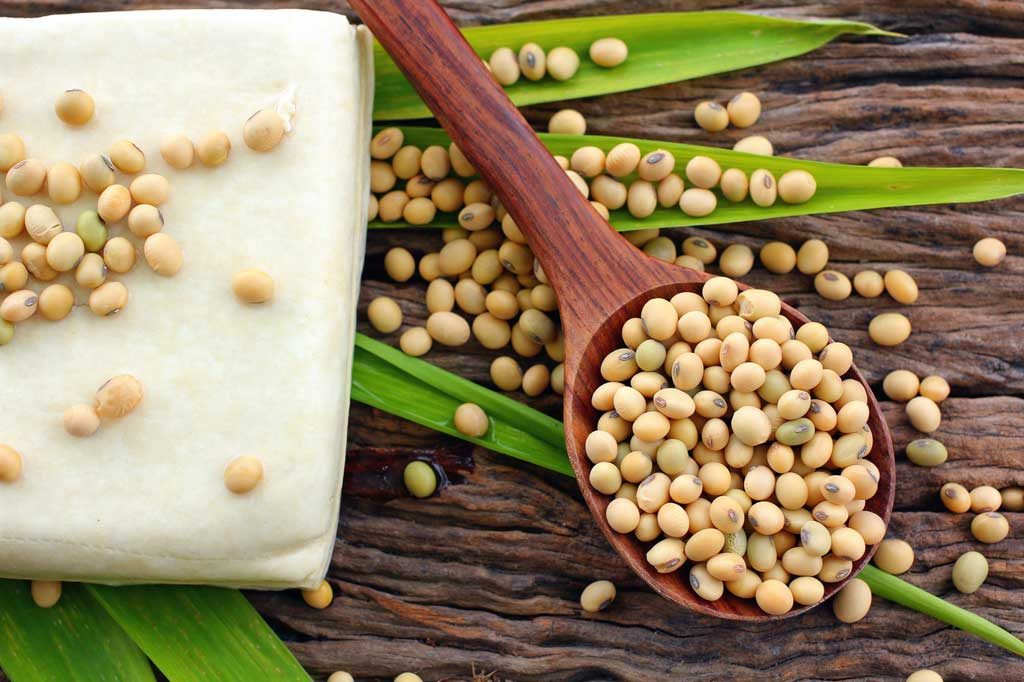
You might be wondering which differences there are between fruits and veggies. Read on to learn about their classification and nutritional value. Fruits are sweeter than other fruits. These fruits are often used in snacks, juices, or as desserts. They have a different use than vegetables, which are often eaten as a side or main course.
What is the difference between a tomato being a vegetable and a fruit?
There are many kinds of tomatoes. They are also some of the easiest vegetables and fruits that you can grow at home. Although it might seem simple, defining tomatoes as vegetables or fruits is not always easy. This type of vegetable or fruit has many uses. It's important to identify which one you are growing.
Let's start by discussing the different parts that make up a tomato. Because the tomato's skin has seeds, it is technically classified as a food. But, the other parts of the tomato plant - the stems, leaves, and roots - are classified as a vegetable.

They have a high nutritional value
While both are rich vitamins, vegetables are more nutritious than fruits. Vegetables have less sugar and less calories. While fruits are sweeter, they have more calories and fiber per kilogram. A variety of fruits, vegetables and other foods is good for your diet. An adequate intake of both can help with weight loss, blood sugar control, and reducing your risk of developing cardiovascular disease.
According to FAO, the FAO states that increasing vegetable and fruit consumption is a major public health problem. The increasing number of micronutrient deficiency around the globe is responsible for a wide range of nutritional disorders. These deficiencies are due to low consumption of fruits or vegetables and lack of information about their nutritional value.
Their taste
One of the most important distinctions between fruits and vegetables is their taste. Many people mistakenly believe fruits have a sweet flavor while vegetables have more savory flavors. While this is partially true, there are some key differences. The sweetness of fruits, as well as simple sugar called fructose (sugar), is greater than that of vegetables. However, they have a more mild, savory taste.
Fruits are angiosperms' ripe eggs, while vegetables are edible parts of the plants. Both vegetables and fruit contain high levels of nutrients. However, some fruits have a distinctive flavor. Because they have sweet flavors, tomatoes are often confused with vegetables.

Their classification
The term classification may refer to one or several aspects of a situation. An example of this is a person who could be classified either as a manager, or an executive. One person can also be classified as an educator. These terms may be different to different people. It is important to know the differences between labeling and classification.
There are several different levels of classification. The lowest level in classification is called species. This is the highest level. This is the highest level. The classification of an organism is the second part.
FAQ
What makes an antibiotic effective?
Antibiotics can be used to kill bacteria. Antibiotics are used for treating bacterial infections. There are many kinds of antibiotics. Some can either be administered orally, while others may be injected. Other antibiotics can also be applied topically.
Antibiotics are often prescribed to people who have been exposed to certain germs. One example is if someone has had chickenpox and wants to prevent shingles. A penicillin injection might be given to prevent pneumonia in someone who has had strep.
Doctors should prescribe antibiotics to children. Side effects of antibiotics can be more dangerous for children than for adults.
The most common side effect associated with antibiotics is diarrhea. Other side effects possible include dizziness, nausea, vomiting, stomach cramps, stomach pains, dizziness and allergic reactions. These side effects typically disappear once treatment is complete.
How can I get enough vitamins
The majority of your daily needs can be met through diet alone. Supplements are an option if you are low in any vitamin. You can purchase a multivitamin that includes all the vitamins needed. You can also buy individual vitamins in your local drugstore.
Talk to your doctor about the best foods for vitamins if you're concerned about not getting enough nutrients. For example, dark green leafy vegetables such as spinach, broccoli, kale, collard greens, turnip greens, mustard greens, bok choy, romaine lettuce, arugula, and Swiss chard are rich in vitamins K and E. Other good sources include oranges, tomatoes, strawberries, cantaloupe, carrots, sweet potatoes, pumpkin, and squash.
Ask your doctor for advice if you are unsure how much vitamin to take. He or she will recommend the appropriate dosage based on your medical history and current health status.
How can I control my blood pressure?
You must first determine the cause of high blood pressure. Next, take steps that will reduce the risk. These could include eating less salt and losing weight if needed, as well as taking medication if necessary.
You also need to make sure you are getting enough exercise. Try walking if you don’t find the time.
Consider joining a gym if your current exercise regimen is not satisfying you. It's likely that you will want to join a gym with other people who are working towards the same goals as you. It's much easier to follow a routine if someone is with you at the gym.
Take herbs and other supplements to improve your immunity
You can boost your immune function with herbs and natural remedies. Examples include ginger, garlic and oregano, echinacea, vitamin C, ginkgo Biloba, and echinacea.
These herbs should not be considered as a substitute for conventional medical treatment. Side effects may include nausea, diarrhea, stomach cramps and headaches.
Do I need to count calories
You may be wondering "what is the best diet for you?" or "is counting calories necessary?" It depends on several factors such as your current health, personal goals, preferences, and overall lifestyle.
The Best Diet For Me: Which One Is Right?
The best diet for me depends on my current health status, my personal goals, my preferences, and my overall lifestyle. There are many good and bad diets. Some diets work for some people, while others are not. What can I do to make the right choice? What can I do to make the right decision?
These are the questions this article will answer. This article begins with a brief overview of the various types of diets that are available today. The pros and cons of each diet are then discussed. Then, we will discuss which diet is the best.
Let's look at some of the main types of diets to get started.
Diet Types
There are three types, low-fat, high-protein, or ketogenic diets. Let's take a look at them all below.
Low Fat Diets
A low-fat diet restricts fat intake. This is done through reducing the intake of saturated fats (butter, cream cheese, etc.) They are replaced by unsaturated fats such as avocados, olive oil, and cream cheese. Low fat diets are often recommended to those who wish to lose weight quickly. However, constipation, stomach pain, and heartburn can all be caused by this type of diet. If a person doesn’t receive enough vitamins from their foods, this can lead to vitamin deficiency.
High Protein Diets
High protein diets discourage carbohydrates and encourage the use of proteins. These diets typically have more protein than other diets. They can help you build muscle mass, and also burn more calories. One problem is that they may not provide adequate nutrition to someone who needs it. They may also be too restrictive and not suitable for everyone.
Ketogenic Diets
The ketogenic diet is also known by the keto diet. They are high fat and moderately carbohydrate and protein-rich. They are typically used by athletes and bodybuilders because they allow them to train harder and longer without getting tired. But, they require strict adherence to avoid negative side effects like nausea, headaches, and fatigue.
What should I eat?
You should eat lots of vegetables and fruits. They are rich in vitamins, minerals, and help to strengthen your immune system. They are also rich in fiber, which is good for digestion and makes fruits and vegetables filling. At least five servings of fruits and vegetables should be consumed each day.
You should also drink lots of water. Water flushes toxins out of the body and helps to feel full between meals. Drink about eight glasses each day.
Choose whole grains over refined ones. Whole grains contain all of their nutrients, including B vitamins and iron. Refined grain has lost some of its nutrition.
Avoid sugary drinks. Sugary drinks are loaded with empty calories and contribute to obesity. Choose water, milk or unsweetened tea instead.
Avoid fast food. Fast food is very low in nutrition. Although it may taste delicious, fast food won't provide you with the energy you need for your daily activities. Use healthier options, such as soups, sandwiches, salads, and pasta.
Reduce your alcohol intake. Avoid alcohol as it can cause empty calories and poor nutrition. Limit your intake to two alcoholic drinks per week.
Reduce red meat intake. Red meats are high in saturated fat and cholesterol. Opt for lean cuts of beef, pork, lamb, chicken, fish, and turkey instead.
Statistics
- According to the 2020 Dietary Guidelines for Americans, a balanced diet high in fruits and vegetables, lean protein, low-fat dairy and whole grains is needed for optimal energy. (mayoclinichealthsystem.org)
- WHO recommends consuming less than 5% of total energy intake for additional health benefits. (who.int)
- According to the Physical Activity Guidelines for Americans, we should strive for at least 150 minutes of moderate intensity activity each week (54Trusted Source Smoking, harmful use of drugs, and alcohol abuse can all seriously negatively affect your health. (healthline.com)
- The Dietary Guidelines for Americans recommend keeping added sugar intake below 10% of your daily calorie intake, while the World Health Organization recommends slashing added sugars to 5% or less of your daily calories for optimal health (59Trusted (healthline.com)
External Links
How To
27 steps to a healthy lifestyle if your family only eats junk food
It is easy to eat healthy when you cook at home. But, it can be hard to make healthy meals because many people don't know how. This article will show you how to make healthier eating choices at restaurants.
-
Choose restaurants that offer healthy options.
-
Order salads and vegetables before ordering any meat dishes.
-
Ask for sauces without added sugar.
-
Avoid fried items
-
Instead of ordering fried meats, request grilled meats.
-
You shouldn't order dessert unless it is absolutely necessary.
-
Make sure that you have something else to eat after dinner.
-
Always eat slowly and chew your food thoroughly.
-
Get plenty of water when you eat.
-
Don't skip breakfast and lunch.
-
Include fruit and vegetables with every meal.
-
Consume milk and not soda.
-
Try to avoid sugary drinks.
-
Reduce salt intake.
-
You should limit how often you visit fast food restaurants.
-
Ask someone to join you if you cannot resist temptation.
-
Your children shouldn't watch too much television.
-
During meals, turn off the TV.
-
Do not drink energy drinks.
-
Take regular breaks from work.
-
Exercise early in the morning.
-
Move every day.
-
Start small and increase your knowledge slowly.
-
Set realistic goals.
-
Be patient.
-
Exercise even if it's not your favorite thing to do.
-
Use positive thinking.